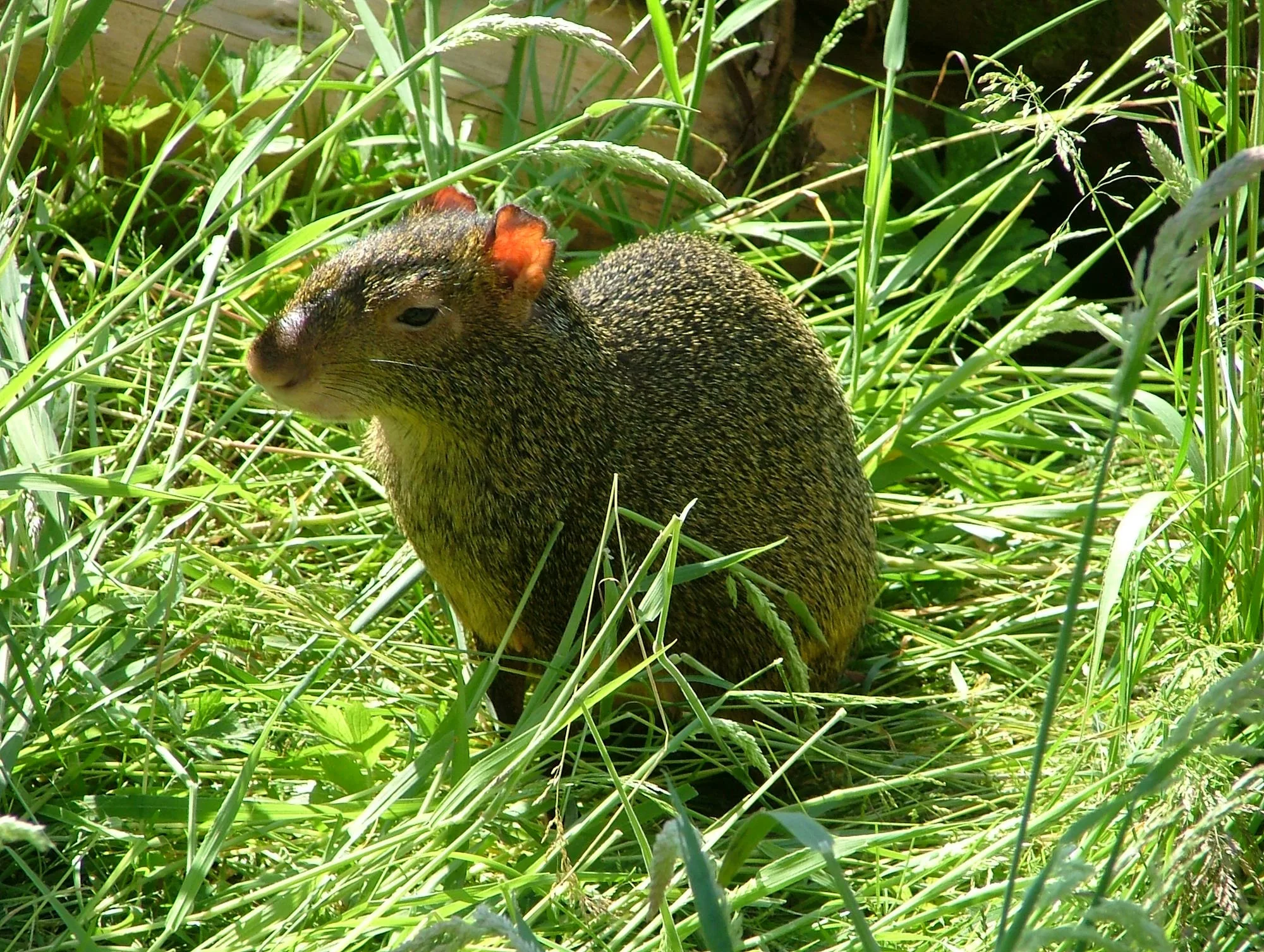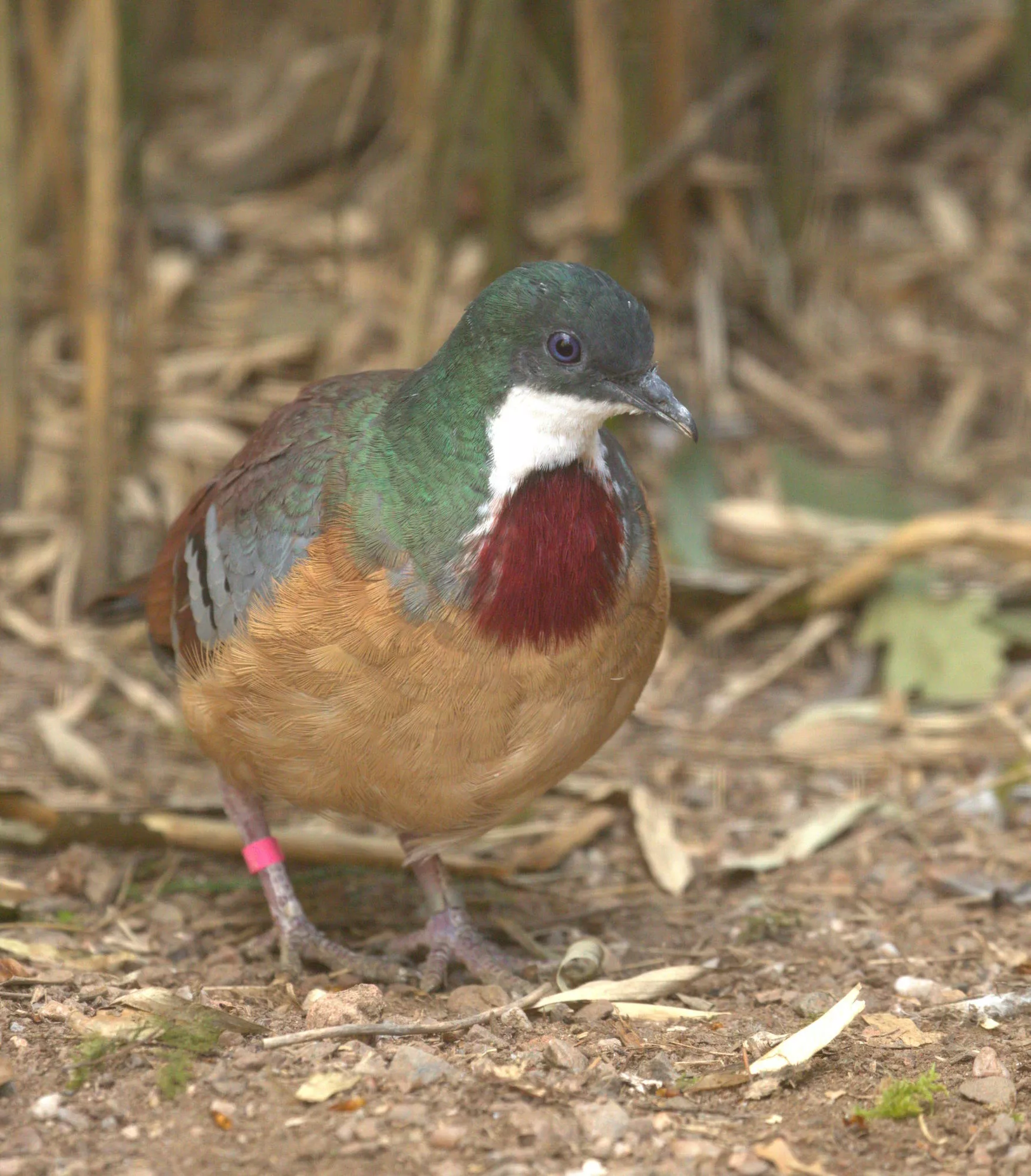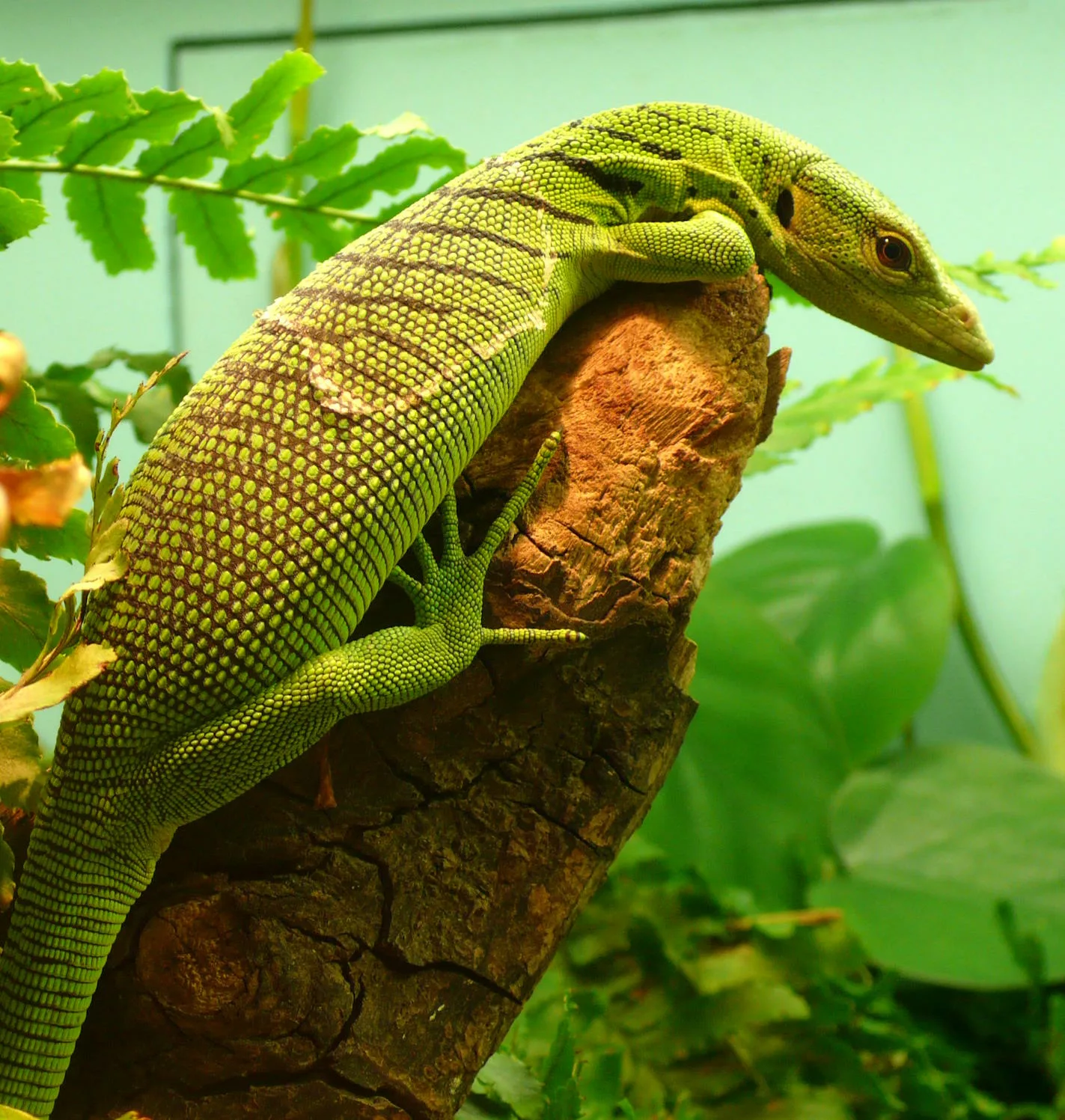
Lesser sulphur-crested cockatoo
Scientific name: Cacatua sulphurea
IUCN listed as: Critically Endangered
Learn before you visit!
Here are some facts about the species – Discover what they eat, find out about their natural habitat, see what they like to do, and more… Set the reading style to suit you too, everyday speak or something aimed towards children.
Child-friendly
Everyday
Diet
The Lesser Sulphur-crested Cockatoo has a diverse diet primarily consisting of seeds, berries, flowers, and leaf buds. In the wild, they are known to consume various cultivated fruits such as bananas, mangoes, papayas, figs, guavas, and coconuts. These birds are also observed eating nuts and other plant materials that are readily available in their habitat. In captivity, their diet is often supplemented with vegetables, nuts, and formulated bird pellets to ensure nutritional balance. Their foraging behaviour is both an essential ecological function and a critical aspect of their daily life.
Lesser Sulphur-crested Cockatoos eat seeds, berries, and flowers. They love fruits like bananas and mangoes, and also munch on nuts. In zoos, they get extra vegetables and special bird food. Their food helps them stay healthy and strong. Watching them search for food is really fun!
Breeding
Breeding typically occurs during the rainy season, with some variation depending on their specific range. The Lesser Sulphur-crested Cockatoo nests in tree cavities, often laying two to three eggs per clutch. Incubation is about 28 days, with both parents sharing the responsibility of caring for the eggs and the hatchlings. After hatching, the chicks fledge within 10-12 weeks, continuing to rely on their parents for food and protection during this vulnerable period. This species demonstrates strong parental care, which is crucial for the survival of the young.
These birds lay their eggs in tree holes. They usually have two or three eggs at a time. Both mum and dad take care of the eggs and the chicks. Baby cockatoos learn to fly and leave the nest after about three months. Their parents teach them how to find food and stay safe.
Habitat
The natural habitat of the Lesser Sulphur-crested Cockatoo includes forest edges, woodlands, farmlands, and coconut groves, typically up to elevations of 1,200 metres. They are found in Indonesia, particularly on the islands of Sulawesi, Nusa Tenggara, and the Lesser Sunda Islands. The habitat destruction due to deforestation and agricultural expansion poses a significant threat to their populations. These birds are highly adaptable and can sometimes be found in semi-arid regions and human-modified landscapes. Protecting their habitat is critical for their survival, requiring concerted conservation efforts.
These cockatoos live in forests and farmlands in Indonesia. They can also be found in coconut groves and sometimes near people’s homes. They live up in the trees but come down to find food. Their homes are being destroyed, so they need our help to survive.
At the zoo
In zoos, Lesser Sulphur-crested Cockatoos are housed in large aviaries that mimic their natural environment, providing ample space for flight and exploration. These aviaries are often enriched with various perches, nesting boxes, and toys to stimulate their cognitive and physical activities. Zoos play a significant role in the conservation of these critically endangered birds through captive breeding programs and public education. Proper nutrition and veterinary care are essential aspects of managing these birds in captivity. Zoos also contribute to research efforts that help understand the needs and behaviours of these birds better.
In zoos, these cockatoos live in big cages with lots of space to fly. They have toys and perches to play with and explore. Zoos help protect these endangered birds and teach people about them. The zoo staff makes sure they get good food and medical care.
Behaviour
Lesser Sulphur-crested Cockatoos are social and often seen in pairs or small groups. They are known for their noisy and conspicuous behaviour, which includes a variety of vocalisations and playful antics. These birds are diurnal, being most active during the day and resting at night. They exhibit strong bonding behaviours, not only with their mates but also within their social groups. Their intelligence and curiosity make them engaging and interactive, whether in the wild or in captivity.
Lesser Sulphur-crested Cockatoos are very social and love to be with their friends. They make lots of noise and play together. They are awake during the day and sleep at night. They are smart and curious birds, always exploring and having fun.
Fun facts
- These cockatoos can live up to 60 years in captivity.
- They have a bright yellow crest that they raise when excited or scared.
- Lesser Sulphur-crested Cockatoos can learn to mimic human speech and sounds.
- They love to bathe in the rain and play in water.
- These birds are known for their playful and mischievous nature.
- These birds can live for a really long time, even up to 60 years!
- They have a cool yellow feather crown that pops up when they are excited.
- They can copy sounds and even talk like humans.
- They enjoy playing in the rain and splashing in water.
- They are very playful and sometimes a bit cheeky.
More animals to discover at our zoo
Quick Links
Tickets & Prices
You can buy tickets for Exmoor Zoo securely online, as well as finding out more price options, discover offers, and more…
What’s on…
Exmoor Zoo hosts incredible Events all through the year. You can find out about what we’ve got in store here…
Routes & info
Like any great discovery, Exmoor Zoo can feel a little off the beaten path – but don’t worry – you can plan your journey with our recommended routes and other useful travel info.



























